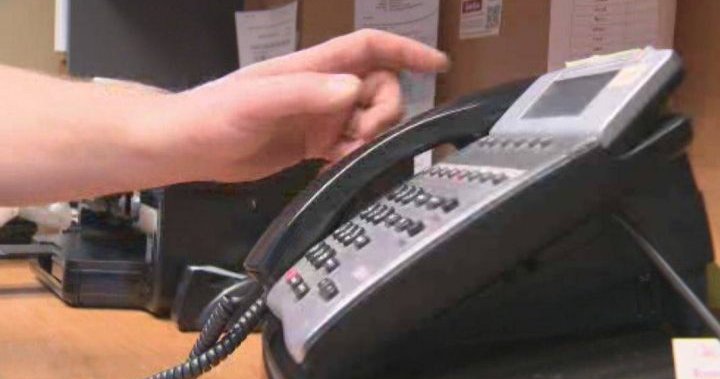- Reaction score
- 1,501
- Points
- 1,260
Not wishing to de-rail the RCMP First Contract thread, any further than it already is, I started a new one.
I understand emergency services may not always achieve their response-time benchmark.
By "Response Time Benchmark" I mean, time measurement of the - FIRST- unit to arrive on scene.
Units that follow are not part of the equation.
For example, Daftandbarmy posted,
That was Vancouver. Presumably, response times in remote areas of British Columbia take longer.
Here in Ontario, sometimes it is faster to send an air ambulance, rather than a land ambulance, to remote areas.
Even in Toronto, we relied on our Marine Unit for calls on the Islands.
Units that are mobile, even though further away, are often sent rather than a unit in station. Being mobile eliminates "chute" aka "turnout" time.
Understood some calls may generate a response from multiple units.
The unit I was assigned to was never "first due" on any call. But, we covered a much larger geographic area.
The Province of Ontario posts ambulance response times for the public,
This is specific to specific areas. Some urban. Some rural. Some remote.
It covers about sixty individual cities, towns, districts, counties, and regions across Ontario.
You can select any of them from the drop-down menu,
I remember taxpayers where I worked had an interest in how long they should expect to wait for help. Some were quite vocal about it.
I suppose they are in other areas, as well.
I understand, "We get there when we get there."
But, out of curiosity, I just wondered if the RCMP, not being familiar with that service, had a measurement of response time performance benchmarks. Thank-you.
Edit to add. Thanks to Redfive for posting that in the other thread.
I understand emergency services may not always achieve their response-time benchmark.
By "Response Time Benchmark" I mean, time measurement of the - FIRST- unit to arrive on scene.
Units that follow are not part of the equation.
For example, Daftandbarmy posted,
B.C. heat wave leads to 11-hour ambulance wait time, spike in sudden deaths
This was a huge public health failure at the highest levels, evidenced by ambulance waits of 11+ hours due to poor planning/scheduling etc
A heat wave paralyzing huge swaths of British Columbia has stretched emergency services in several municipalities to the brink — in one case, Vancouver firefighters have waited 11 hours for an ambulance crew to arrive and transport an elderly person suffering heat exhaustion to the hospital.
Just before noon Tuesday, firefighters were still waiting.
That was Vancouver. Presumably, response times in remote areas of British Columbia take longer.
Here in Ontario, sometimes it is faster to send an air ambulance, rather than a land ambulance, to remote areas.
Even in Toronto, we relied on our Marine Unit for calls on the Islands.
Units that are mobile, even though further away, are often sent rather than a unit in station. Being mobile eliminates "chute" aka "turnout" time.
Understood some calls may generate a response from multiple units.
The unit I was assigned to was never "first due" on any call. But, we covered a much larger geographic area.
The Province of Ontario posts ambulance response times for the public,
Plan in Minutes - Response Time Standard Performance Plan in minutes
Plan in Percentage - Response Time Standard Performance Plan in percentage
Performance in Percentage - Response Time Standard Performance Achieved
This is specific to specific areas. Some urban. Some rural. Some remote.
It covers about sixty individual cities, towns, districts, counties, and regions across Ontario.
You can select any of them from the drop-down menu,
I remember taxpayers where I worked had an interest in how long they should expect to wait for help. Some were quite vocal about it.
I suppose they are in other areas, as well.
I understand, "We get there when we get there."
But, out of curiosity, I just wondered if the RCMP, not being familiar with that service, had a measurement of response time performance benchmarks. Thank-you.
Edit to add. Thanks to Redfive for posting that in the other thread.
Last edited:







